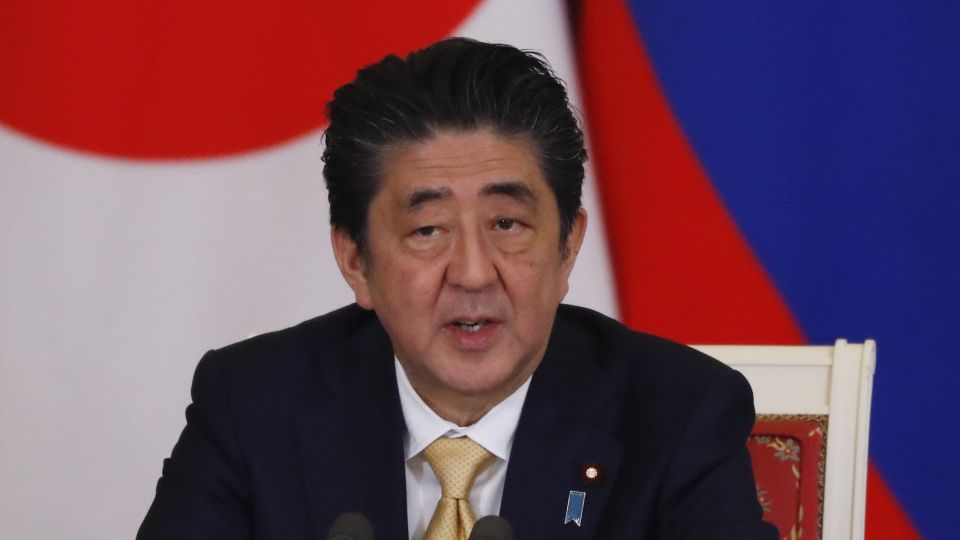July 21, 2019
The move has significant impact on any attempts to rewrite Japan’s pacifist constitution.
The ruling Liberal Democratic Party and its coalition partner Komeito are set to win the majority of the 124 seats up for grabs in the House of Councillors election, according to tallies by The Yomiuri Shimbun on Sunday night after polls closed at 8 p.m.
The ruling bloc is expected to maintain its majority in the 245-member upper house, taking into account the 70 seats it holds that were not up for election this year.
Prime Minister Shinzo Abe, who is on the verge of securing his sixth successive national election victory, is expected to move forward on issues concerning the consumption tax rate hike and the amending of the Constitution.
Abe’s current term as LDP president expires in September 2021. Some LDP members were concerned that the Abe administration would become a lame duck had they lost the majority, as there are not many opportunities left after Sunday’s election for Abe to dissolve the House of Representatives and call for a general election.
As of 10 p.m., in the 32 constituencies in which one seat is up for grabs, the LDP candidates are seen winning 18 seats. Meanwhile, joint opposition-backed candidates are likely to take 3 seats.
The Constitutional Democratic Party of Japan (CDPJ) had nine of its seats up for election and increased its overall number of seats in the upper house.
The ruling bloc is expected to far exceed the victory threshold Abe set for keeping the overall majority of seats in the upper house. LDP Secretary General Toshihiro Nikai and other officials set an even tougher goal that the coalition is set to achieve of securing a majority of seats up for grabs.
The LDP, however, is expected to fall short of making up the majority by itself for the first time in three years. The LDP has 56 seats not up for election, so it needs to win 67 seats to secure a majority on its own. Abe thus will be forced to run his administration paying due consideration to Komeito.
Another focus of attention is whether there will be two-thirds, or 164 seats, of members in the upper house that favor amending the Constitution. Abe needs the ruling bloc with Nippon Ishin no Kai and others, including unaffiliated lawmakers who support constitutional amendments, to make up two-thirds of the majority in both houses to initiate moves on revising the Constitution.
Major issues at play during the election were the pension system, consumption tax hike and constitutional amendment.
The opposition parties, for their part, appealed in their campaigns to increase more pension benefits to low-pension recipients than the amount that the ruling bloc has proposed, and called for a review of the government’s macroeconomic slide mechanism that is intended to curb rising pension payouts. They also made a concerted effort to oppose the consumption tax rate hike. Yet they failed to attract great support from voters.
Abe intends to raise the consumption tax rate to 10 percent in October as scheduled.
Opposition parties are expected to discuss whether they will continue forming a unified front toward the next lower house election.
The CDPJ, the Democratic Party for the People (DPFP), the Japanese Communist Party and the Social Democratic Party fielded joint candidates in all 32 constituencies where one seat is up for grabs, setting the goal of winning at least 11 seats, the same number they won in the 2016 upper house election.
The CDPJ and the DPFP were established following the split of the Democratic Party. While the CDPJ is set to win more than its nine seats up for election, the DPFP was forced to engage in an uphill battle so there is some urgency regarding the future state of the party.
The number of seats up for election increased by three to 124, covering 74 constituency seats and 50 proportional representation seats. One of the three added seats was for the constituency portion, while two went to the proportional representation segment. The remaining 121 seats were not up for election. Of the 245 upper house seats, 147 are constituency seats and 98 are proportional representation seats.


